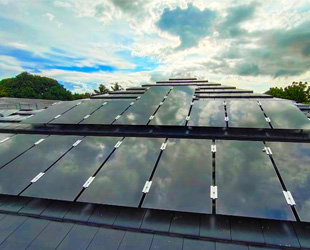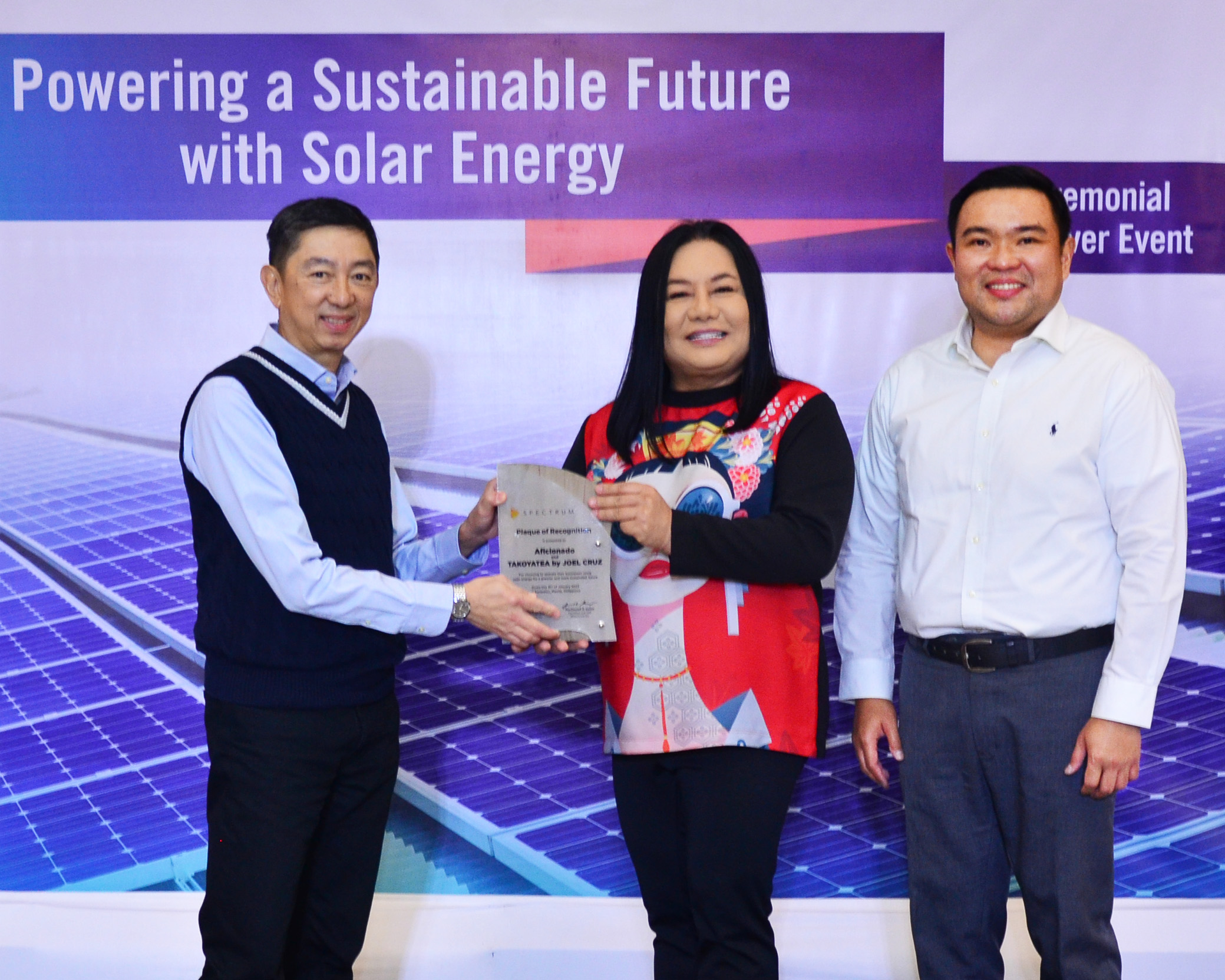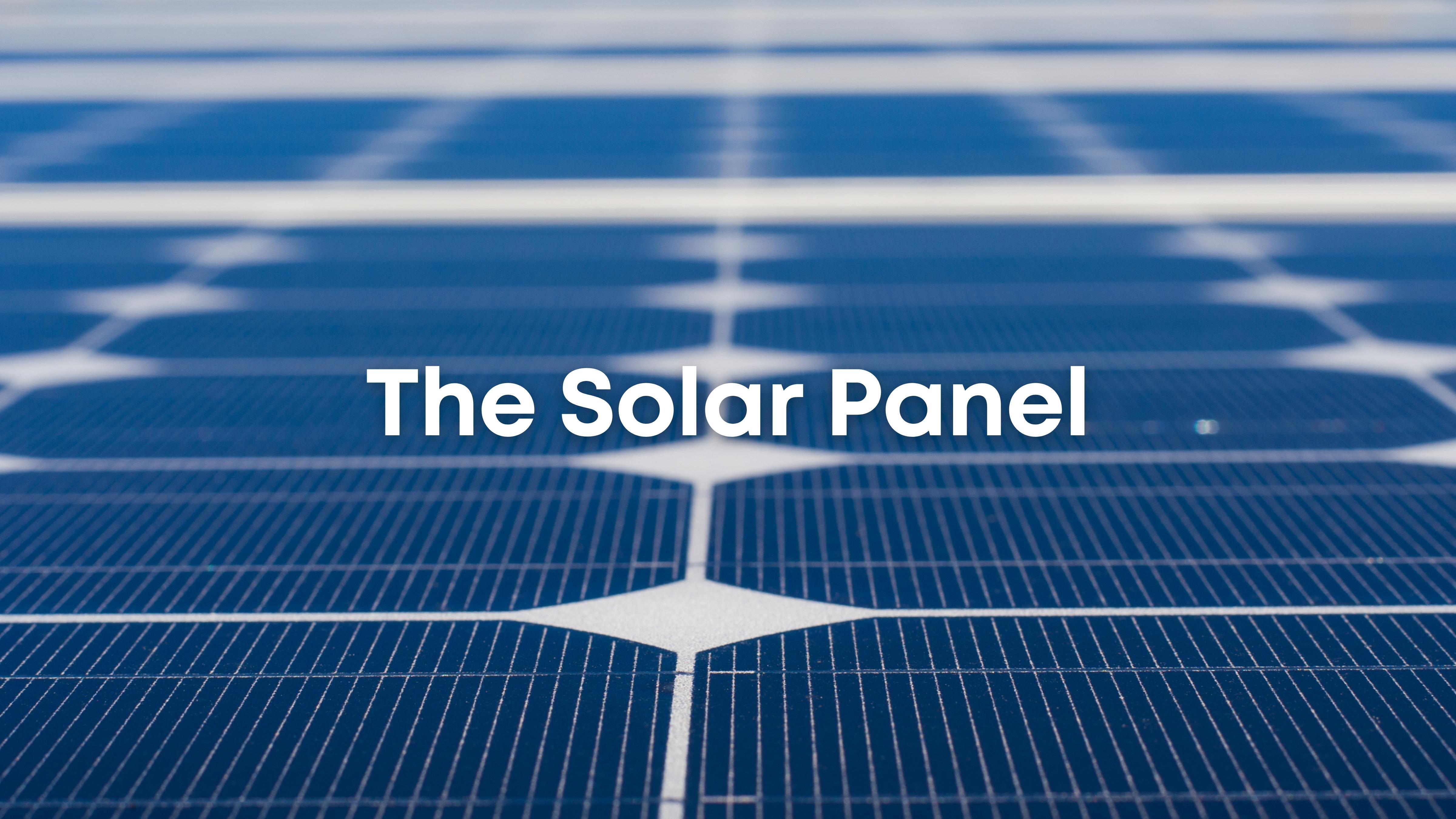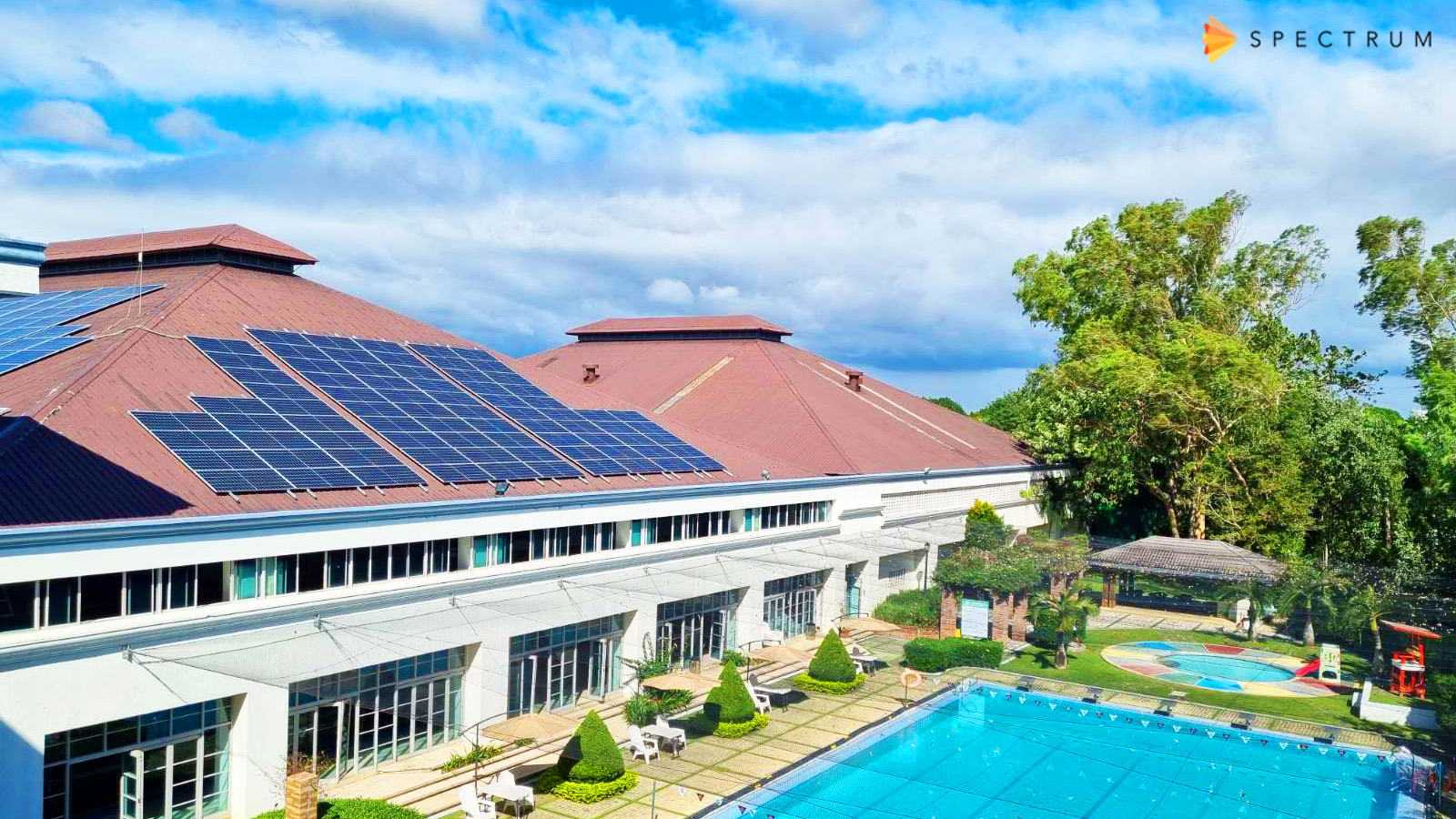Can you reduce your electricity bill to ZERO with solar?
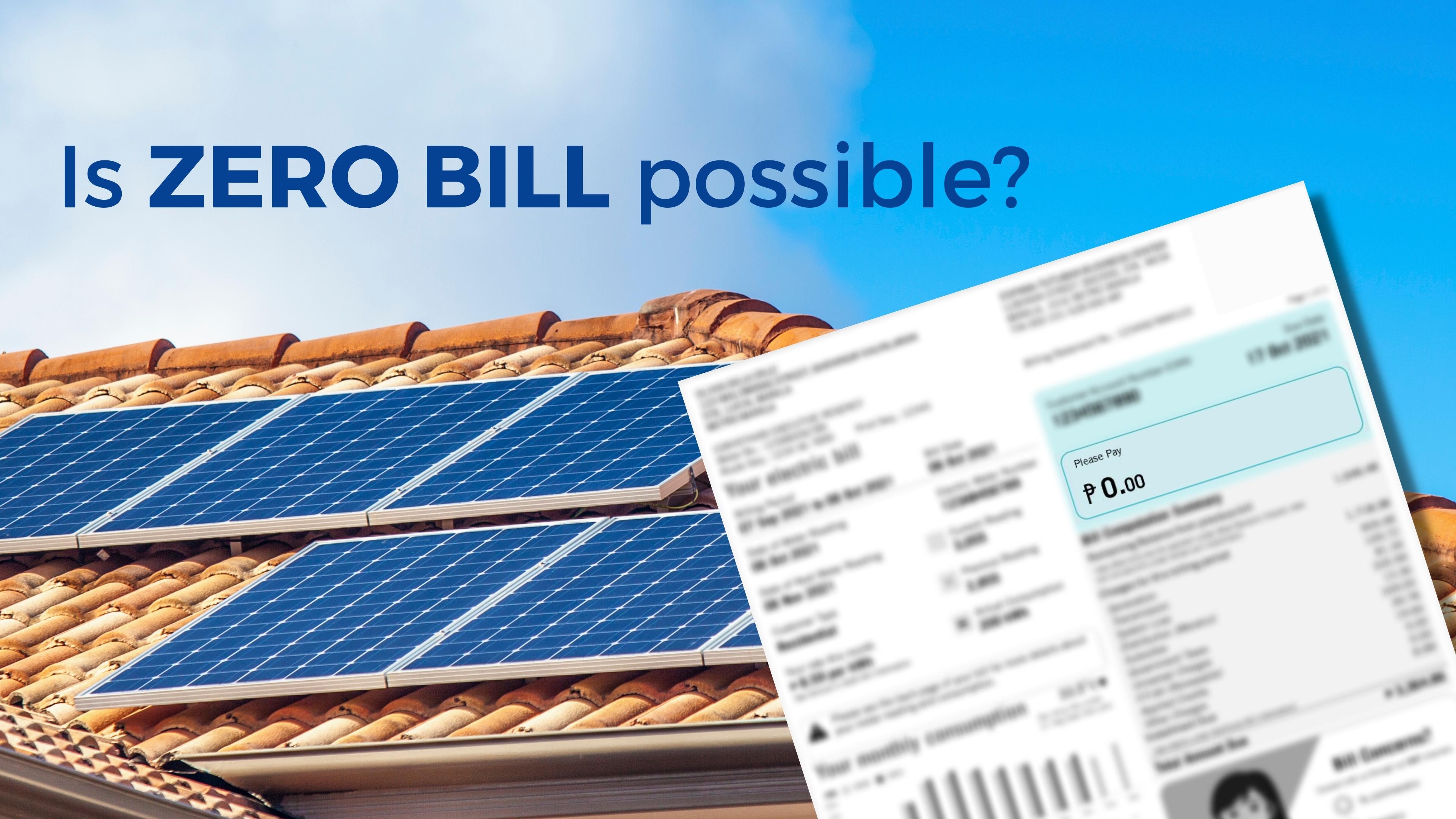
In recent years, the increase in the prices of fossil fuels has influenced many aspects of people’s lives—most feel it experiences it during their commute to work as fuel prices have reached an all-time high. Those without solar panels in their homes can also feel the increase in their electricity bill since most of the power grid of the Philippines comes from fossil fuel power plants.
That said, those with solar PV systems have the means to generate their own power, meaning the effect of this price increase doesn’t hurt them too much. But what if you can take it one step further? What if you can completely zero out your electricity bill? Is that even possible?
The short answer to this question is yes! You definitely can. But it comes with a catch that many people forget due to the temptation of paying zero pesos on their electricity bill.
How can you zero out your electricity bill?
Before we share the catch, how exactly can you zero out your bill? If your goal is to generate and export more energy than you consume, then the easiest way is to simply oversize your solar installation. You deliberately install a solar installation that would generate more than you have been consuming.
For example, based on your electricity bill, on average, you consume around 500kWh of electricity. If that’s the case, the solar installation that you get should generate 750kWh or more of electricity.
If you were to use 545wp solar panels, that would equate to getting around 12 solar panels installed on your home.
Sounds easy enough, right? Now let’s discuss what other things you need to consider achieving this.
The Capital Investment

It’s no secret that installing solar onto your home is a significant investment. Many people always consider the ROI of solar installation before getting one. In fact, it’s one of its most attractive aspects—how it pays for itself.
But this changes when you oversize your solar installation. Although you do get the chance to zero out your bill. Does it really balance out when you think about how much more you had to invest?
A household with 500kWh of electricity consumption would only need a 2.5kW solar installation—which will help them save up to half of their electricity bill. To zero out the bill, you have to at the very least double the size of your installation, instead of a 2.5kW installation, you have to get a 7kW PV system instead.
This is because when you have applied to the net metering program with the goal of selling back to the grid, you have to understand that the Distribution Utility (DU) will only credit a portion of the DU rate which is the generation charge.
When you think about it, oversizing your solar installation can be seen as impractical for some homes. For most solar providers, you will essentially double your initial investment. Additionally, typical calculations of the ROI of an oversized solar installation result in it taking 2 or more years longer to achieve equilibrium.
Structural Requirements
An oversized installation needs more roof space and a stronger structure. Each solar panel would take up roughly 2sqm. of roof space. Following the example, we had above, 12solar panels would need a bit over 24sqm.. of roof space. That space should have ample space somewhere between them so maintenance can be done without compromising the other solar panels.
The more solar panels installed, the stronger the roof and the rest of the building should be. When installed by the numbers, solar panels can be a heavy addition to your roof—not to mention the mounting structures, the additional AC and DC cables, and potential civil works/retrofitting that might be needed.
In the end, as with all solar installations, and any changes or additions to be done to a house, the more material will be installed, the heavier it is going to be. Thus, the building must be able to support these new additions or be obligated to reinforce the building in order to support the installation.
The Distribution Impact Study
Before anyone is able to export their generated energy to the grid, it is important to apply for a distribution impact study with your local DU. This is to ensure that your solar installation complies with the Philippine Distribution Code—making it safe for both the end-user and the electric grid. In doing so, you mitigate the risk of your solar installation causing power outages or electrocuting linemen on duty.
The distribution impact study is required for all solar installations, whether it be for Net Metering or Own-Use (No Export).
Actual Electrical Consumption
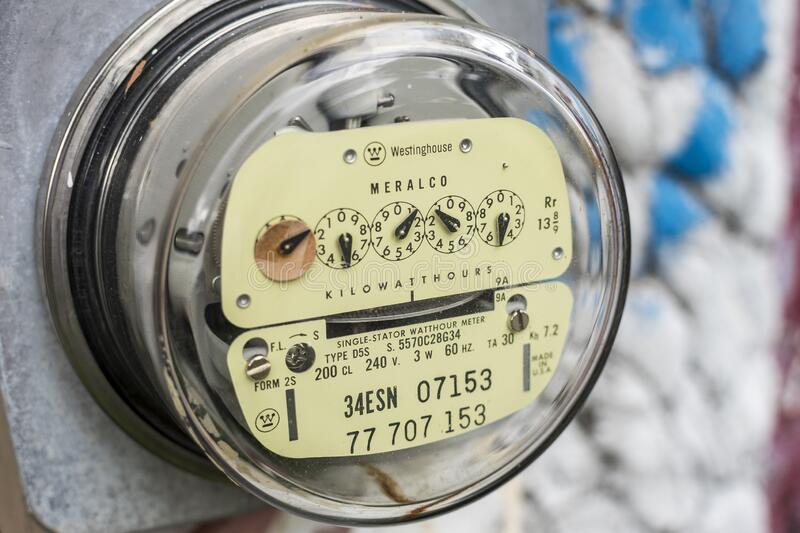
Lastly, once you have your oversized solar installation in place, you have to make sure that your electricity consumption does not go over the kWh generation of your solar system. That means you will be limiting yourself to just below 500kWh of electricity consumption per month.
Instead of simply doubling the kWp capacity, you also have to consider the difference between daytime and nighttime consumption. Assuming that your daytime consumption is 50% of 500kWh, then a 2.5kWh solar installation should be able to cover that. But if you want the solar system to also cover your nighttime consumption—when the solar panel system is offline, then it has to produce at least another 500kWh.
To visualize this, that would mean that a household with 4 electric fans, 2 AC units, 2 Televisions, 10 light bulbs, 2 desktop computers, and 1 refrigerator must use all but the refrigerator for a maximum of 3 hours per day.
Although limiting your usage of electrical appliances is a valid effort to try and reduce your electricity bill, too many people, it is not practical to keep usage of some of these appliances to three hours. Even if we assume that most of the family would be outside for a minimum of 8 hours for work or for their school, they more than makeup for their time out by consuming electricity at night or on the weekends.
Conclusion
As we’ve mentioned at the start of the article, it is totally possible to get zero bills by installing a solar system. But after the considerations above, we can objectively say that it is highly impractical to consider zeroing out your electricity bill through solar. This is because 1) you need to almost double your initial investment to get a solar system that can generate power equal to or more than you consume which results in longer ROI; 2) It is only viable for homes with enough roof space and structural strength to support an oversized solar installation, and 3)even after oversizing your installation, you have to be keen on limiting your electricity consumption to keep your solar power generation higher than your consumption.
In the end, when getting a solar installation, it is encouraged to leave its size to the trusted experts in the solar and energy industry. That way, they can consider all the necessary inputs from your end: your budget, your roof space, your house’s structural integrity, and of course, your targeted savings.
For all your solar energy needs, choose wisely! Choose Spectrum
Spectrum offers tailor-fit solutions for industrial, commercial, and residential customers through an in-depth understanding of energy consumption behaviors and strategic partnerships with world-class technology partners. Backed by Meralco's energy expertise and proven safety track record, we are the renewable energy company that has been providing services and solutions to help customers reduce their costs while taking part in saving the planet.
Share this article:




